The following text accompanied the exhibition Unexpected Eisenstein hosted by GRAD Gallery and curated by Ian Christie.
Eisenstein’s exposure to British culture began at a young age. Authors as diverse as Shakespeare, Dickens, Rudyard Kipling, Arthur Conan Doyle and G. K. Chesterton all influenced his artistic and intellectual development before his only visit to the UK in 1929. The exhibition addresses Eisenstein’s two-month stay in England as part of a state sanctioned, fact-finding visit to the West, during which time he was feted by both filmmakers and the Left Wing intelligentsia, including George Bernard Shaw.
As well as making pilgrimages to tourist destinations such as Windsor Castle, the supposed Baker Street home of Sherlock Holmes, Eton College and London’s East End, Eisenstein was invited to speak by numerous groups including the Workers Film Society and Cambridge University, where he was guest of honour at Trinity College High Table. Despite the banning of The Battleship Potemkin by the Home Secretary (on the grounds of its revolutionary content), Eisenstein nevertheless attended a private screening of the film at the Film Society in November 1929 and delivered a series of influential lectures in the capital. His visit sparked a new interest in Soviet revolutionary cinema amongst both audiences and filmmakers, influencing many 1930s documentaries and even Lawrence Olivier’s Henry V (1944), a film which owes much to Alexander Nevsky (1938).
This alternative strand to Eisenstein’s creative legacy is illustrated through his diverse, imaginative and often surprising graphic works. Ranging from quirky caricatures sketched in his youth to angular theatre designs for Macbeth in the 1920s and drawings inspired by D H Lawrence and Arthur Conan Doyle, this was a means of theoretical and professional experimentation as well as a personal expression. Displayed alongside film clips, photographs, objects and radio broadcasts from the BBC archives, Eisenstein’s drawings will reveal the range of one of the greatest creative minds of the twentieth century.
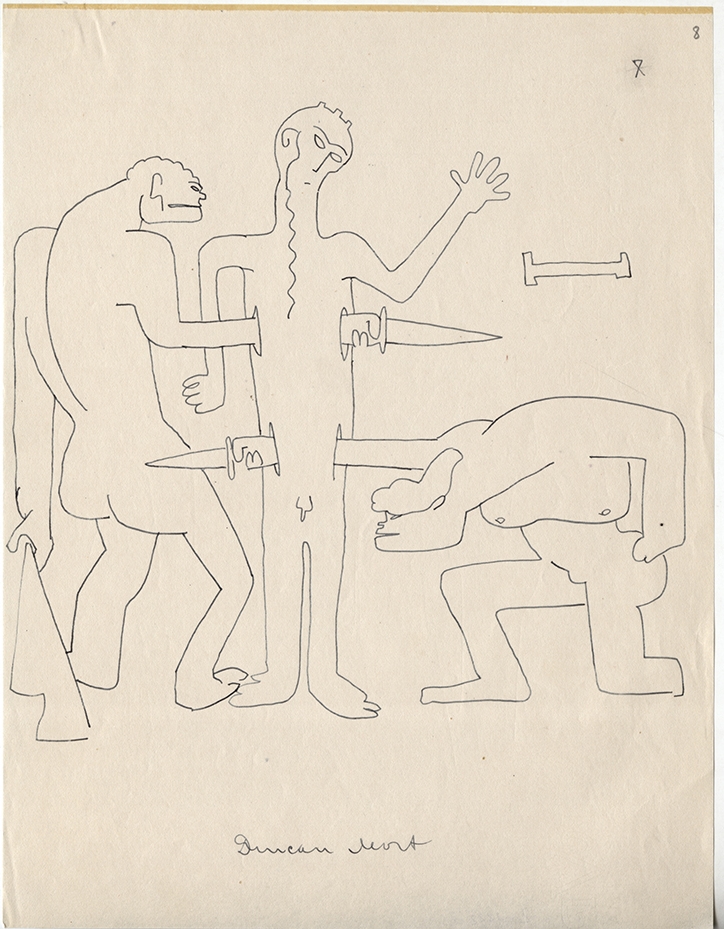 SNEAK A PEEK INSIDE THE NOTEBOOK OF SERGEI EISENSTEIN
SNEAK A PEEK INSIDE THE NOTEBOOK OF SERGEI EISENSTEIN SNEAK A PEEK INSIDE THE NOTEBOOK OF SERGEI EISENSTEIN
SNEAK A PEEK INSIDE THE NOTEBOOK OF SERGEI EISENSTEIN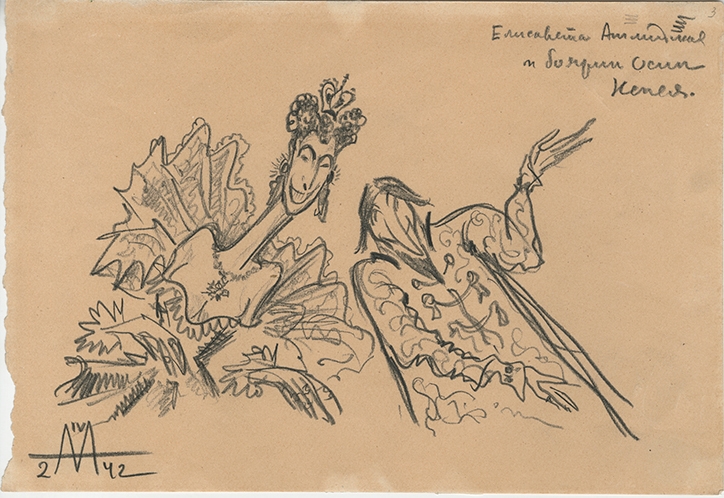 SNEAK A PEEK INSIDE THE NOTEBOOK OF SERGEI EISENSTEIN
SNEAK A PEEK INSIDE THE NOTEBOOK OF SERGEI EISENSTEIN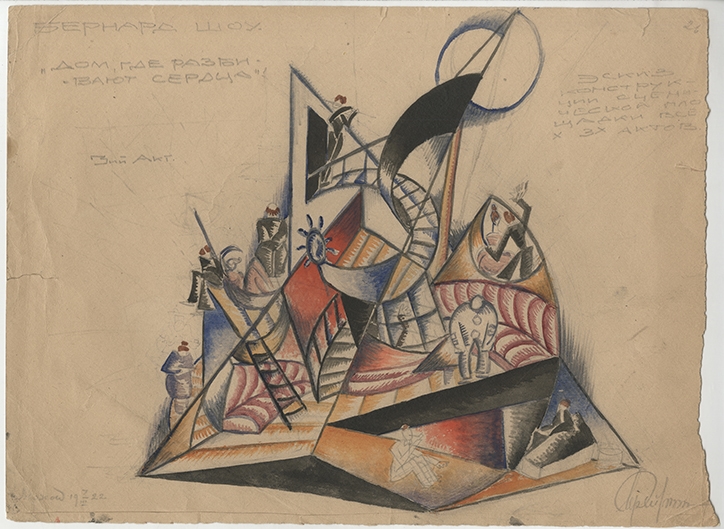 SNEAK A PEEK INSIDE THE NOTEBOOK OF SERGEI EISENSTEIN
SNEAK A PEEK INSIDE THE NOTEBOOK OF SERGEI EISENSTEIN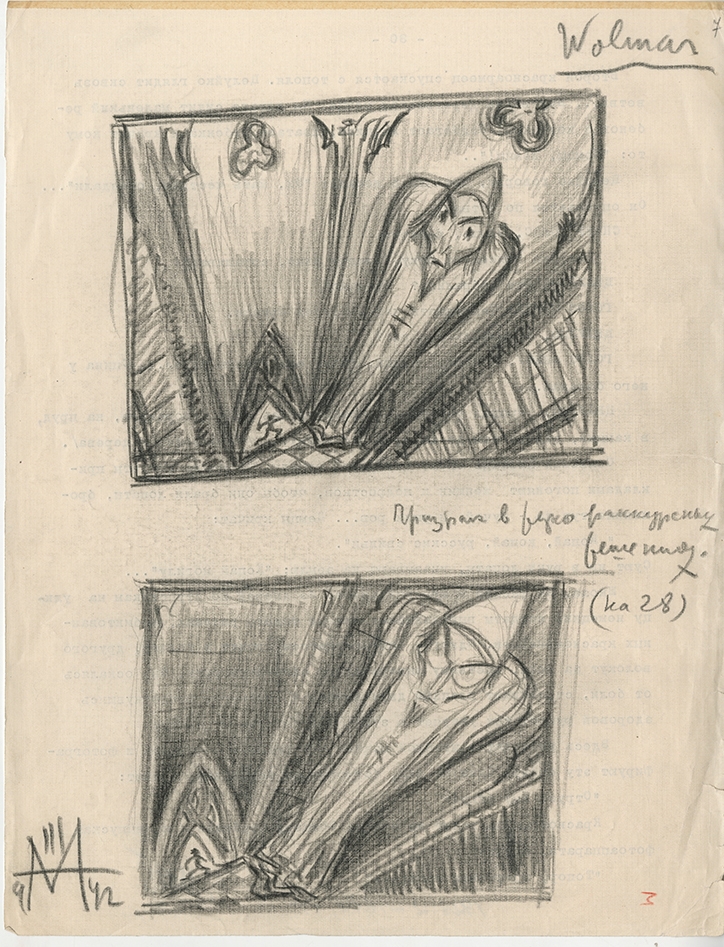 SNEAK A PEEK INSIDE THE NOTEBOOK OF SERGEI EISENSTEIN
SNEAK A PEEK INSIDE THE NOTEBOOK OF SERGEI EISENSTEIN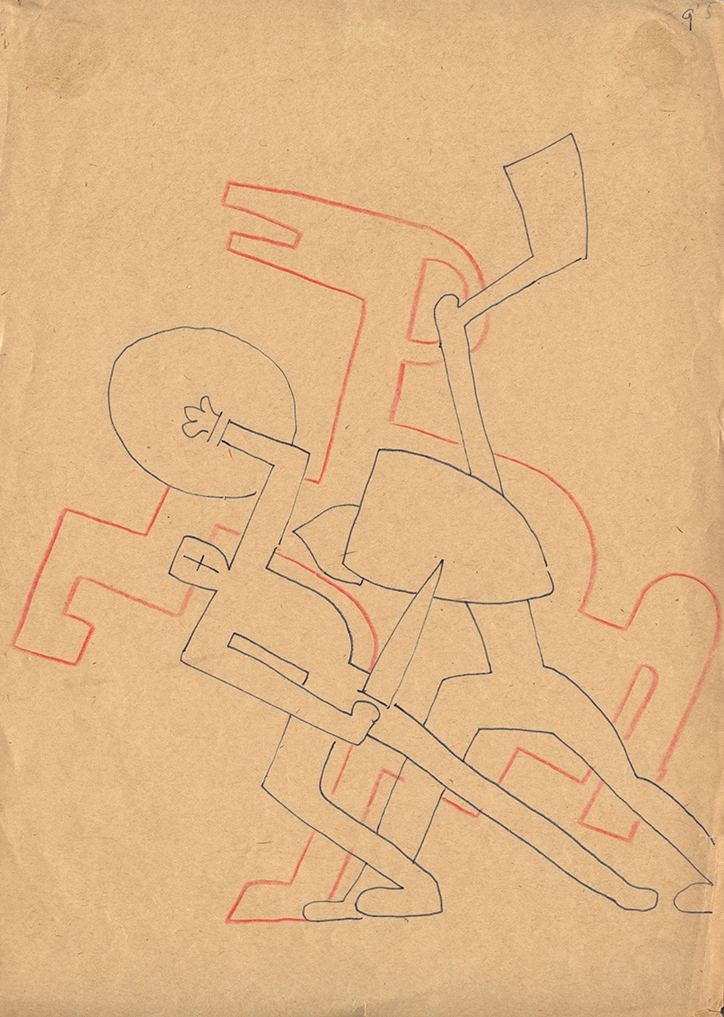 SNEAK A PEEK INSIDE THE NOTEBOOK OF SERGEI EISENSTEIN
SNEAK A PEEK INSIDE THE NOTEBOOK OF SERGEI EISENSTEIN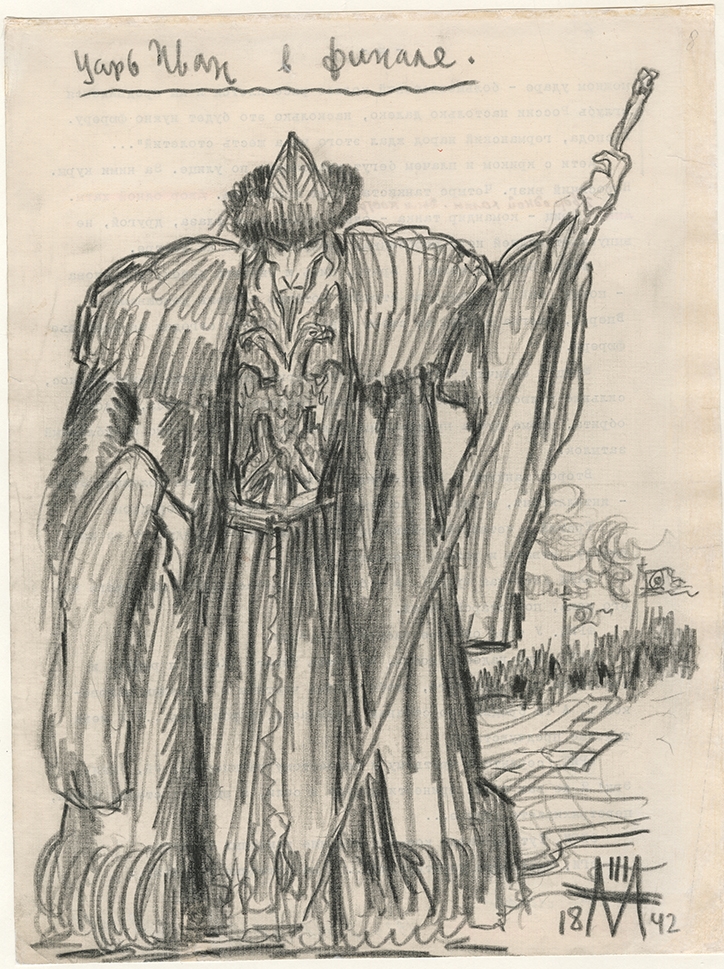 SNEAK A PEEK INSIDE THE NOTEBOOK OF SERGEI EISENSTEIN
SNEAK A PEEK INSIDE THE NOTEBOOK OF SERGEI EISENSTEINREAD ALSO: COMPELLING REALISTIC PAINTINGS BY BEN JOHNSON PORTRAY MESMERISING ARCHITECTURE